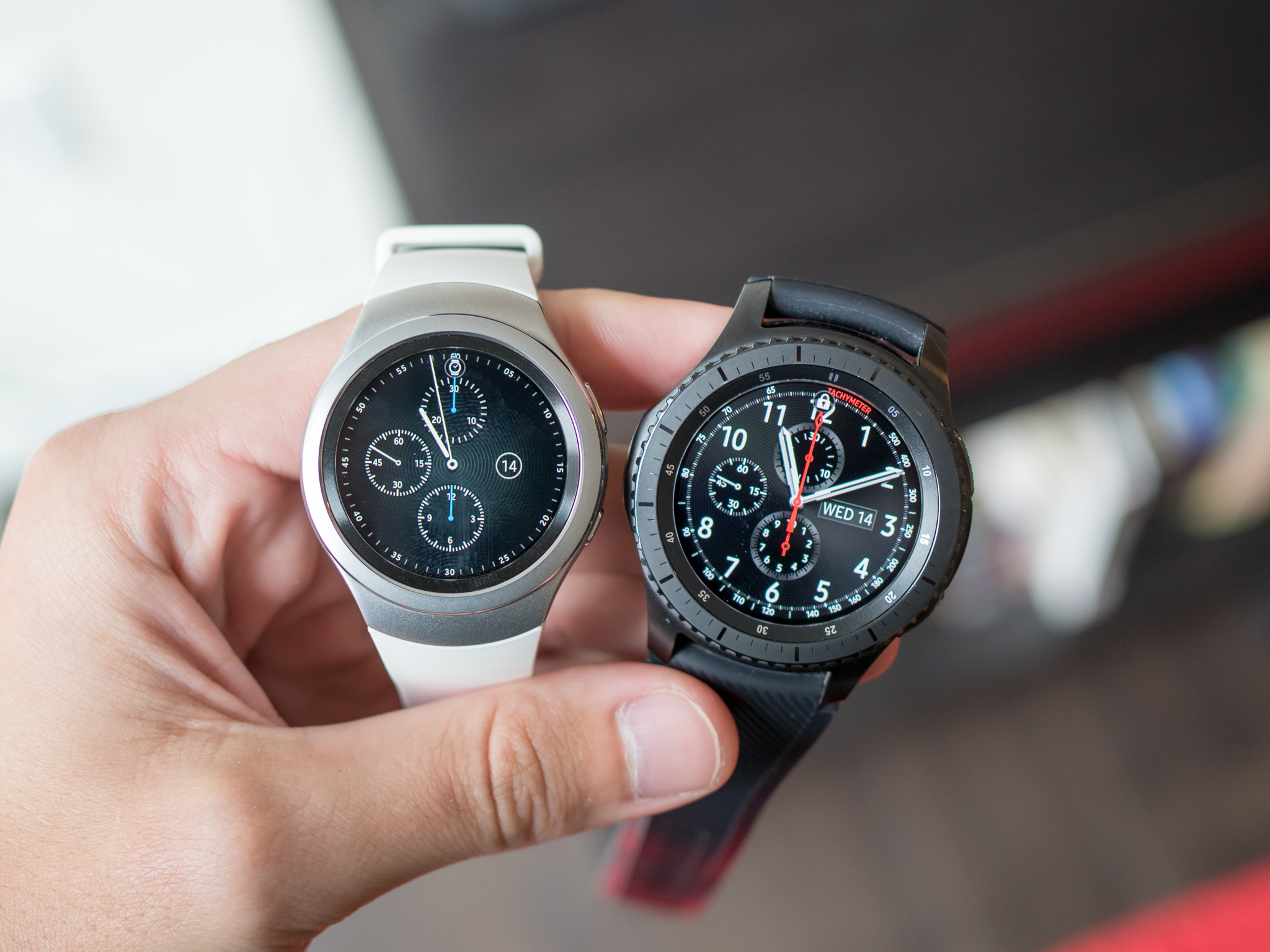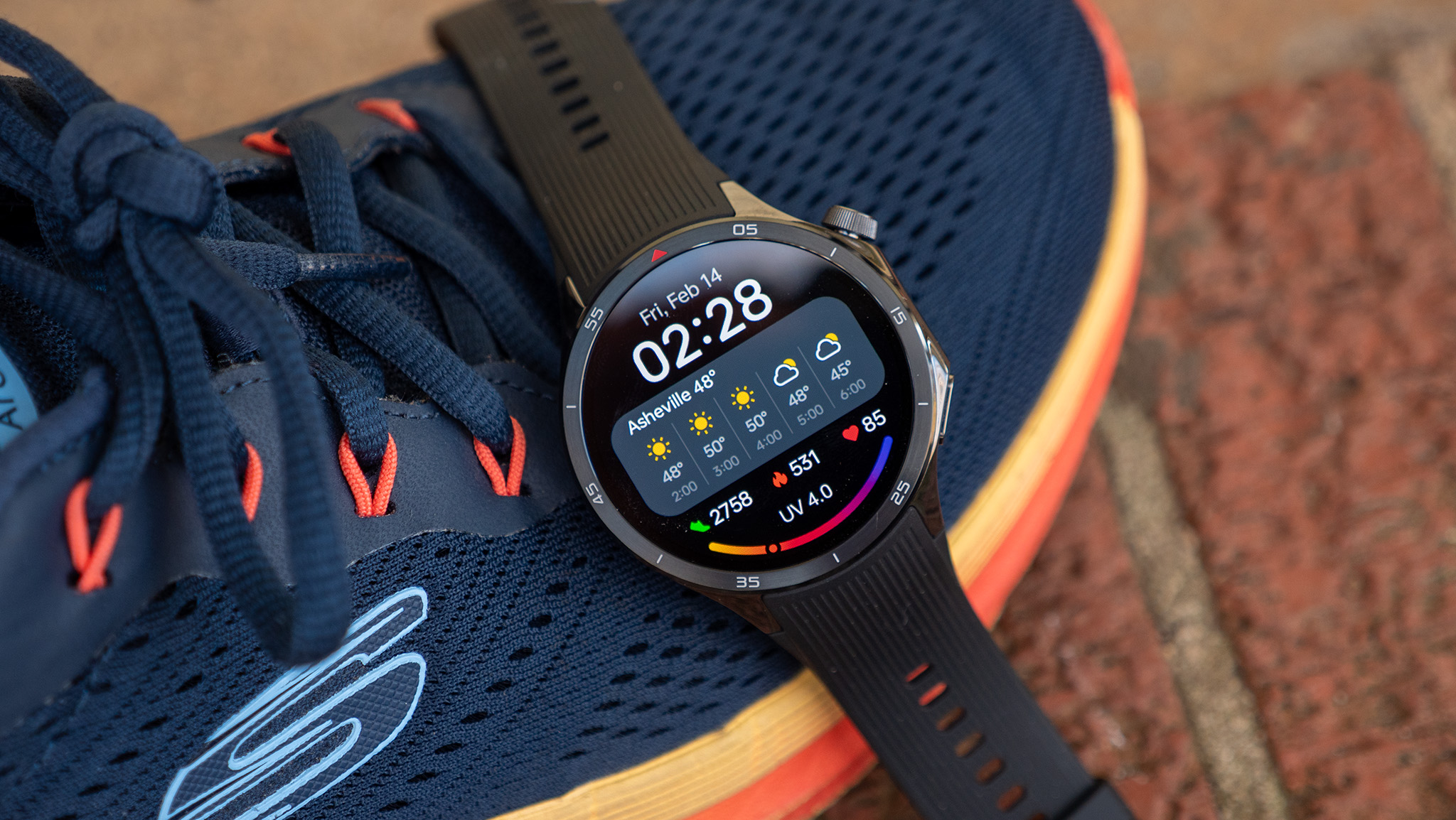In 2017, smartwatches need a 'less is more' approach

One of the many casualties of 2016 was Pebble — the first "mainstream" smartwatch, if such a category exists. For many of us who live and breathe mobile tech, the original Pebble was a revelatory device — here was a small, relatively stylish wearable computer that freed us from habitual phone-checking.
Just as email in your pocket had been the concept that pushed the first smartphones to early adopters, notifications on your wrist, it was thought, would spawn a whole new class of computer. Such was the impact of that smartwatch that more than 1 million units were sold in its first 18 months. In the tech journo bubble, it seemed like everyone had a Pebble — over half the Mobile Nations team at CES 2014 wore the things. (And it was funny to watch the synchronized wrist-raising that resulted when we all received the same group email or IM.)
The original Pebble was great because of its simplicity — a quality modern smartwatches have completely forgotten.
The original Pebble was great because of its simplicity. It did few things, but it did them well. However it seems the industry at large, seeing the trajectory smartphones had taken, wanted to develop smartwatches along the same lines — more computing power, bigger and better screens, more functionality.
At the dawn of 2017, it's obvious that that approach has failed — consumers don't want smartwatches in the way they exist today. That's reflected in the state of Android Wear right now, where the software hasn't received a meaningful upgrade in over a year, as Google overhauls the system from top to bottom. Even Motorola, maker of the critically praised Moto 360 series, is getting out of the wearables game, citing poor demand. And yet the future of Android Wear continues to develop it along those same unpopular lines. In Wear 2.0, you'll get a watch-based app store, a tiny keyboard and a giant wheel of apps to scroll through. Which suggests that the Android smartwatches of the future will continue to chase the phones of today in terms of functionality.
People don't want to poke and prod at app drawers and tiny buttons and barely-legible text. They don't want to scrawl out text messages on a keyboard the size of a quarter. If it takes more than 10 seconds to do, they're just going to take out their phone. And a phone will do all of those things better than a watch.
If it takes more than 10 seconds to do, you're just going to pull out your phone.
Extra functionality — particularly the LTE connectivity now being shoehorned into high-end wearables — comes at a cost to how a watch looks. More complex functionality powerful processors and cellular connectivity demands bigger batteries and larger screens, making them bulky and unattractive. Yet manufacturers continue to pummel that same stone in the hope of drawing blood. The latest Samsung Gear S3 watches, for instance, go all-in on extra functionality in a larger, more masculine wearable. Samsung has decided, it seems, to go after the lion's share of people already buying smartwatches, instead of making the category more appealing to the billions of people who own a smartphone but no wrist computer.
To Samsung's credit, it's easy to disregard all this extra fluff if you don't want it — as I do with my Gear S2. But you could go back and forth on the value of "Hey, look at all this stuff we made that you can ignore."
Get the latest news from Android Central, your trusted companion in the world of Android
The success of the Fitbits (and years ago, the Pebbles) of the world shows that the mass market wants something to track their exercise and show them notifications. In the future, you can probably add mobile payments to that list of genuinely useful, convenient, time-saving core features. Anything more than that will, at best, be aimed at tech nerds like us. And as we've learned with current wearables, even then the novelty will wear off after a while.
The Apple Watch — surely the most successful "smartwatch" right now — sells not because of its functionality as a wrist-based computer, but because of its design, the Apple brand, and the fashion-plus-fitness angle the company has been pushing for the past year. That's more in line with general consumers' thought process when it comes to buying a wearable — or, hell, any fashion product. You buy it because it looks cooler than a Fitbit while addressing those same basic needs. Anything else is a bonus.
So what I'd like to see from smartwatches in the coming year is less feature-chasing and a focus on the core functionality that makes wearables genuinely useful. The likelihood of that happening is debatable — Android Wear seems to be on an opposing trajectory right now, as does Samsung's Gear platform.
But maybe, with time, manufacturers will start to remember what made smartwatches worth bothering with in the first place. If they do, this niche product category might eventually hit the mainstream.

Alex was with Android Central for over a decade, producing written and video content for the site, and served as global Executive Editor from 2016 to 2022.
